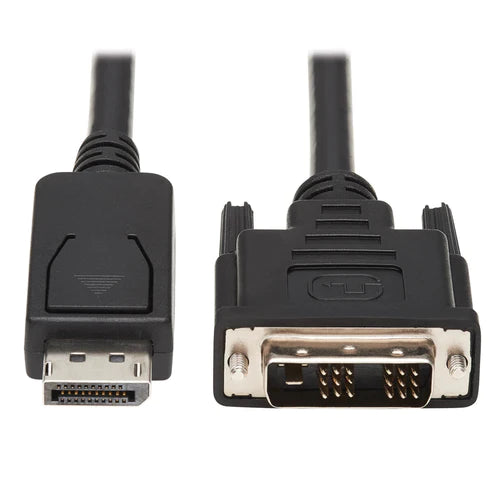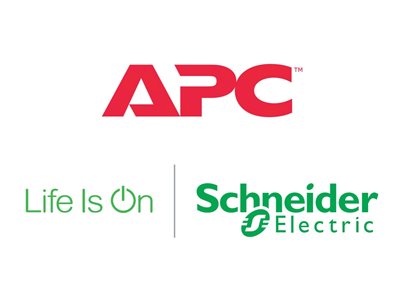Video Cable Adapters Buying Guide
There are many different types of video cable adapters for a variety of reasons. Nowadays, there seems to be one for just about every single reason and aspect and occasion related to presentation and streaming or airing video and other things.
Before you can start your shopping for the right video cable adapter, you need to know which is which and what they do.
What Are The Different Types Of Video Cable Adapters?
HDMI
Perhaps the most common video cable adapter currently on the market, the HDMI cable is used for video transmission that is used on most common consumer televisions today, connecting them with monitors, game consoles, DVD players, streaming devices, and more.
Today, just about every device that hooks up to your TV uses the HDMI video cable adapter so this is one you need to have. Plus, they are so common that you can buy them at a relatively cheap price point without sacrificing quality too.
DisplayPort
On desktop displays, another AV transmission connection is this typical and time-tested type of cable: the DisplayPort. While it isn't always the case, DisplayPort cables typically offer more capacity and even speed than HDMI cables. A smaller counterpart of the full-size connection typically found on laptops, the Mini DisplayPort cable style is also available.
DVI
An aging monitor, PC graphics card, and laptop computer will often have a video-only cable of this type. It is frequently found in the DVI-D and DVI-I formats, and for a while it was also offered in the Mini-DVI and Micro-DVI sizes.
USB-C
Portable USB-C monitors can be powered solely by a single USB-C from the host device, while certain USB-C monitors can also send power to linked laptops. Because it supports the DisplayPort Alt Mode protocol, the most flexible type of monitor cable could simultaneously transfer voice, video, and data.
Thunderbolt 1 + 2
Multiple variations of Thunderbolt utilized different connectors. This proprietary display cable type was formerly exclusive to Intel-based PCs but that is no longer the case anymore. While Thunderbolt 3 and 4 use USB-C, Thunderbolt 1 and 2 employed Mini DisplayPort. It offers some of the greatest bandwidth of every display cable type and therefore can accommodate audio, video, and data.
Component
The red, green, and blue cables known as Component cables are occasionally sold and provided with monitors to provide a superior analog video connection type to VGA. For connecting outdated DVD systems or broadband set top boxes, it may be helpful.
They are not nearly as common as they used to be but when you really need them, only a component cable will do. If you use older, outdated products, you should always have a pair of these lying around. And you won’t have to spend a lot of money to get them either.
Composite
This monitor cable type, which has red, white, and yellow connections, is an old, low res equivalent of the Component cables, albeit it can transport audio as well as video. It is mostly used during sessions with older games consoles, Camcorders, video recorders, and other old-fashioned TV boxes.
Don’t Forget About Compatibility
Compatibility is arguably among the most significant elements to think about when you are shopping for your video cable adapters. In fact, if you aren’t completely positive that you are buying the right adapter for the right reason and the right connection, you run the risk of wasting your money entirely.
For example, there are many inexpensive HDMI to VGA adapters available which make them very attractive. But there's a caveat that you should always keep in mind: they might not end up working with your gadgets. If they are not compatible with what you are buying them for, they will effectively render your purchase useless.
Choose a model that works with the devices you want to use it with. This applies to your computer, laptop, projector, and other devices. When you are looking for the right adapter, you should look to the owner’s manual of whatever device you are trying to connect to and ensure that you are buying the perfect fit - literally.







